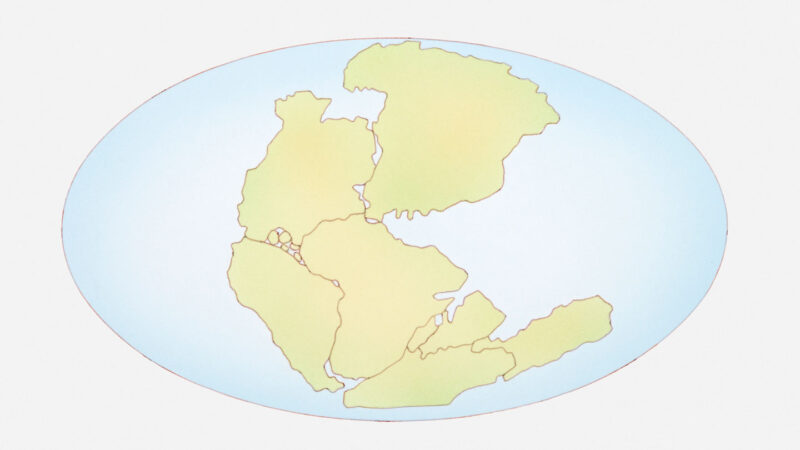Supercontinent (noun, “SOOP-er-con-ten-ent”)
A supercontinent is a continent containing most or all of Earth’s land. When a continent contains at least 75 percent of the Earth’s land, researchers call it a supercontinent.
None of the landmasses on Earth today qualify as supercontinents. But Earth’s continents haven’t always looked this way. Throughout our planet’s history, continents have merged together and broken apart. This continual change happens because landmasses sit atop pieces of Earth’s crust called tectonic plates. These plates move around over time. Over hundreds of millions of years, this can reshape the continents. It can also change their locations.
Every so often, Earth’s biggest landmasses all collide. When this happens, they fuse into one.
Several supercontinents have formed throughout Earth’s history. Pangaea is the most recent. It formed between 450 million and 320 million years ago. At its largest, Pangaea covered one-third of Earth’s surface.
Pangaea broke apart about 175 million years ago. The fragments became the continents we know today. But evidence of Pangaea remains. A world map is all you need to see it. Look carefully and you might notice that today’s continents could fit together like a puzzle. For instance, eastern South America might fit snugly into the scooped west African coastline.
About a billion years ago, a supercontinent called Rodina formed. It broke apart about 700 million years ago. Researchers believe the land at Rodina’s center later became North America.
Some researchers disagree about a supercontinent’s required size. For instance, a large continent called Gondwana formed about 530 million years ago. Gondwana would go on to absorb neighboring landmasses. Over time, this gave rise to Pangaea. Some researchers say Gondwana was a supercontinent. But Gondwana contained only 63 percent of Earth’s landmass. So other researchers simply consider Gondwana a regular continent.
In a sentence
A shrinking ocean may have caused the breaking apart of the supercontinent Pangea.





